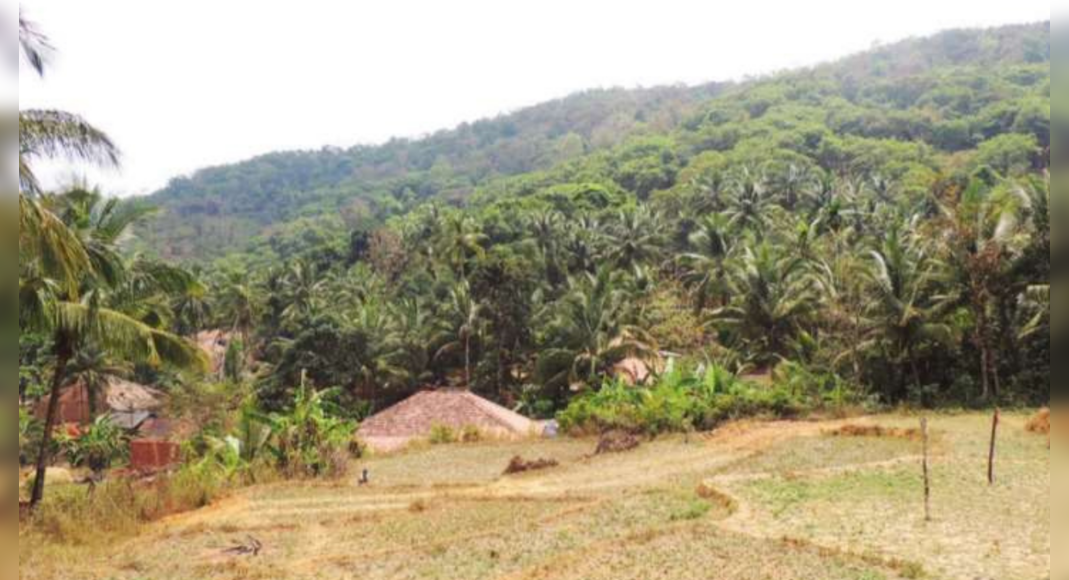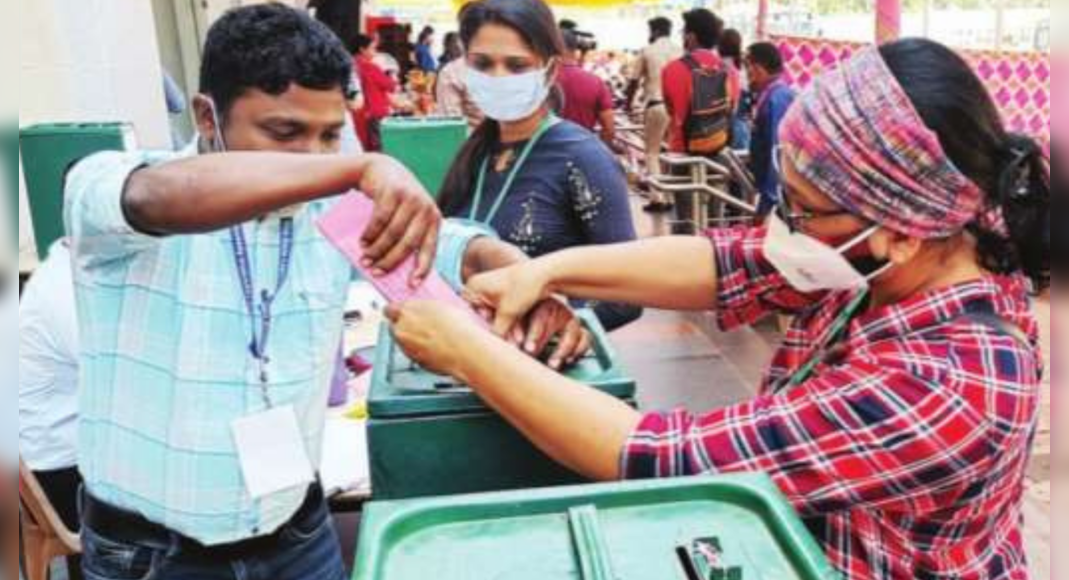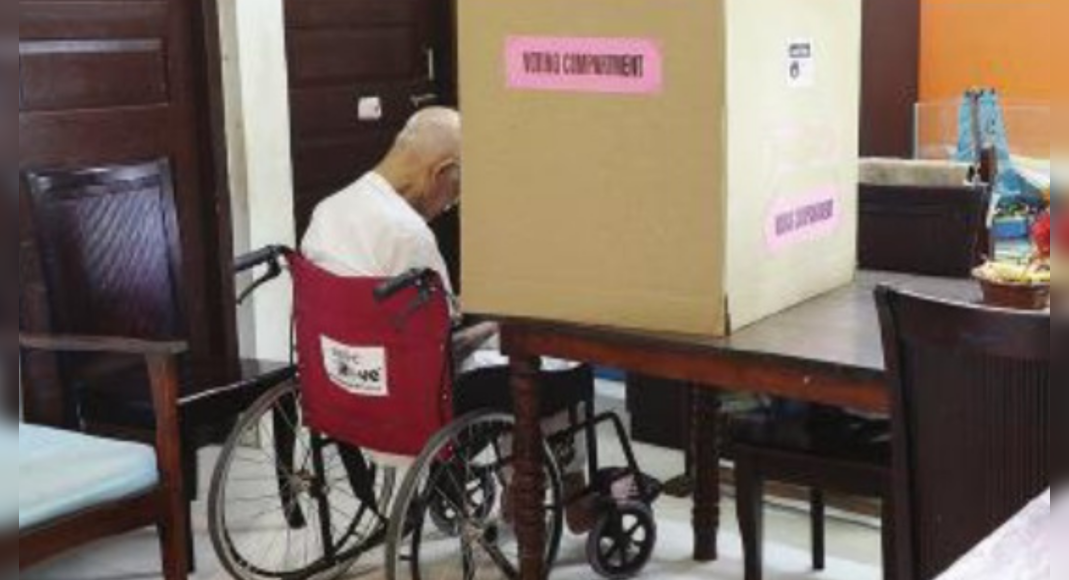PANAJI: Over the last three years, the number of women pursuing PhD programmes in Goa has gone up more than five times — from 41 in 2017-18, to 216 in 2019-20 — as per the latest All India Survey on Higher Education (AISHE).
While the number of men pursuing doctorate studies in Goa has also risen, the increase is steady considering the backlog of students as PhDs are often pursued over a long period of time.
The number of men taking up PhD studies more than doubled from 71 in 2017-18, to 167 in the following year, whereas for women, it was more than three times higher, from 41 to 129 during the same period.
This number rose further to 216 in 2019-20.
Academicians said the numbers are reflective of a changing mindset and also appear to be driven by a desire for promotions in female teachers after changes brought in recently by the Union education ministry made PhD a mandatory qualification for career advancement.
“The education scenario is changing, parenting is also changing.
There is a general change of mindset in society.
Pursuing PhD requires long-term commitment and now, many are seen pursuing it after marriage with support from their husbands,” said principal of Government College, Khandola, Purnakala Samant.
“Also, as per the new directives, by 2021, all teachers have to get PhDs to be promoted from assistant to associate professor level.
Though this rule applies to men too — as the proportion of female teachers at college and university level is higher in Goa — the number of women pursuing PhDs will see a bigger rise,” said Samant.
Females constitute more than 60% of Goa’s gross enrolment ratio in higher education.
Similarly, more than 50% of the teachers employed as lecturers in Goa’s colleges are females.
However, until last year, the number of men pursuing PhDs outnumbered women in Goa.
Also, only 56 of the 227 professors in Goa are females.
Former Goa University registrar Vijayendra Kamat said this situation too is set to change soon in Goa.
“To become a professor, you need 12-16 years of experience and as the recruitment of men was higher earlier, more ended up qualifying as professors.
A few years from now, the situation will change as the number of women appointed as teachers in higher education in Goa in recent years is higher than men,” said Kamat.
He said that under the VIth Pay Commission, there was also a capping of 10% per college for promotion of teachers to the post of associate professor.
The capping was removed by the VIIth Pay Commission and after recent implementation of this change in Goa, 25-30 teachers got promoted as professors, many of them women.
“The increase in more females taking up doctorate studies is a very healthy sign and something we could have predicted, as the percentage of female enrolment is almost 68% in higher education in Goa.
As they will enter the vocation of teaching, they will increase the representation of women in the field of research,” said Goa University registrar Radhika Nayak.
She said that the increase in PhD seats in recent years in Goa as well as the availability of more guides has helped.
“Teaching is seen as a good option for girls, and when they want to teach in colleges, PhD is an important qualification now as it is linked to career advancement,” said Nayak.







